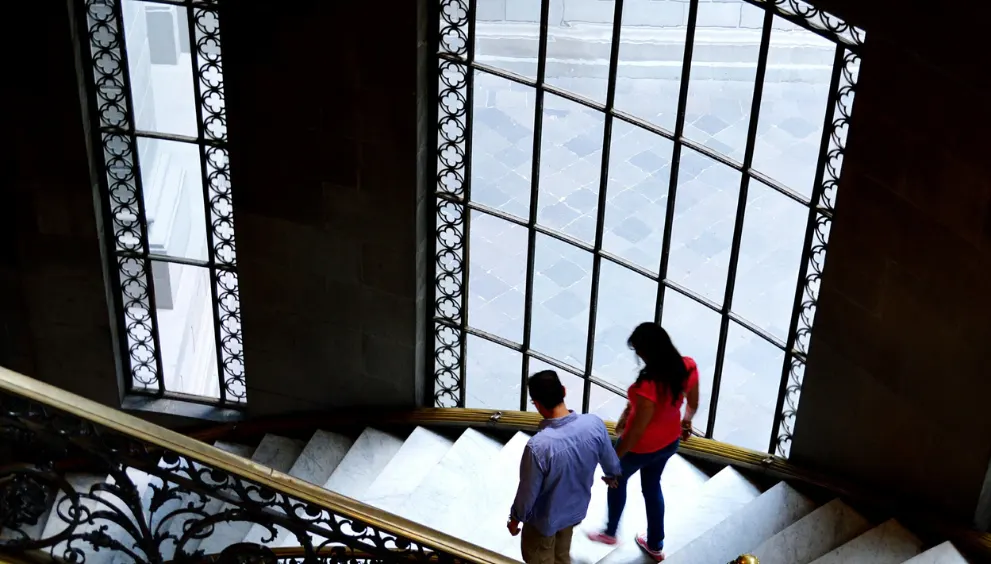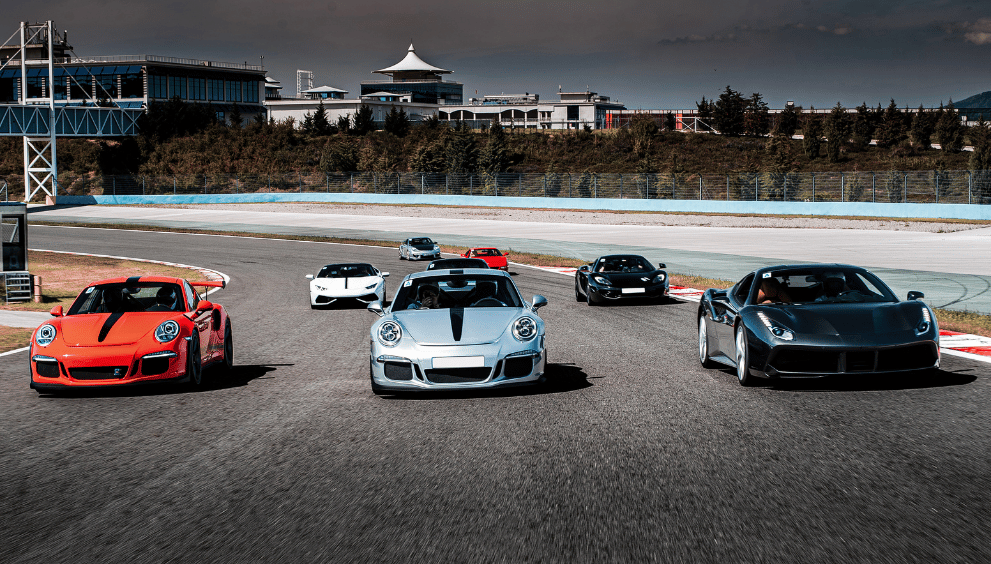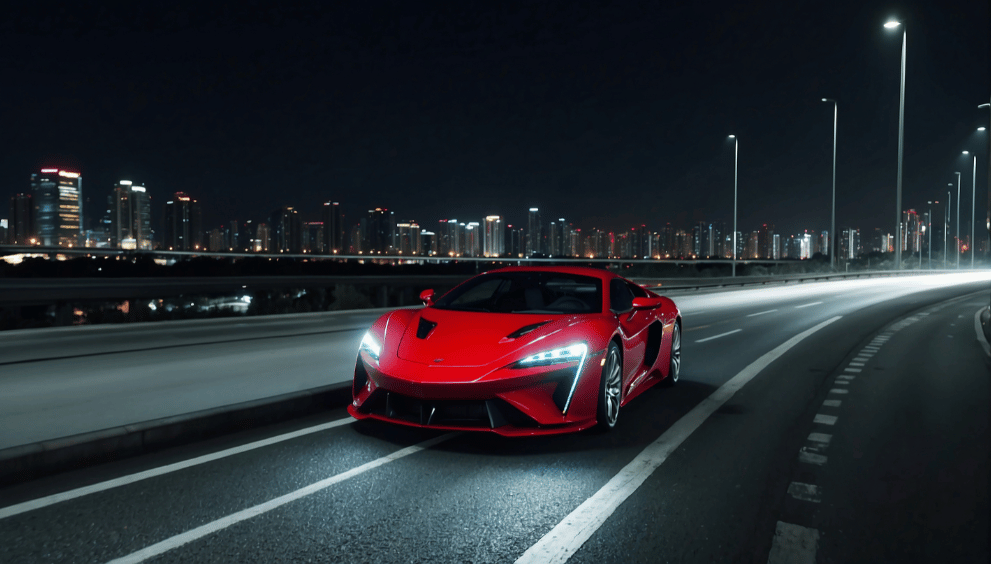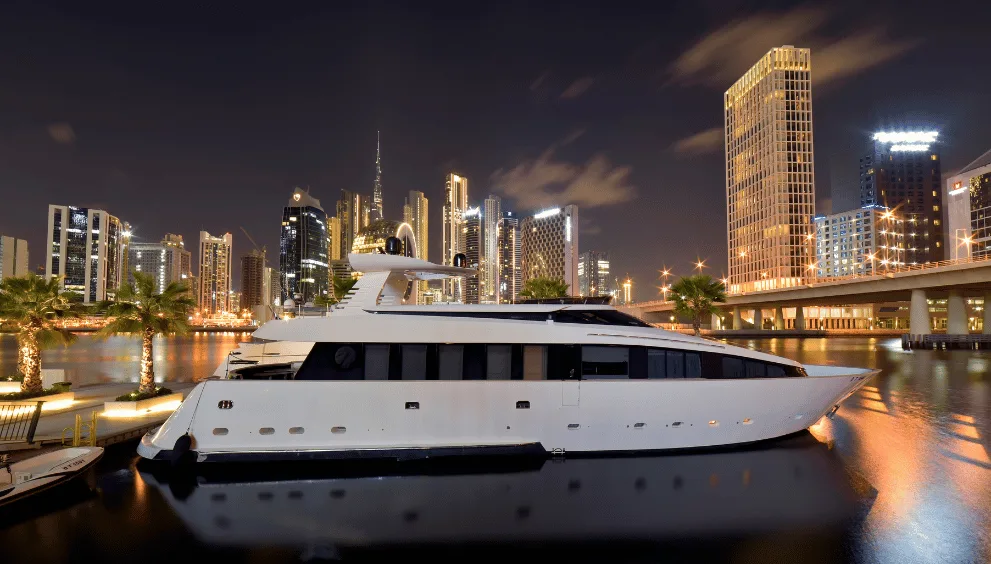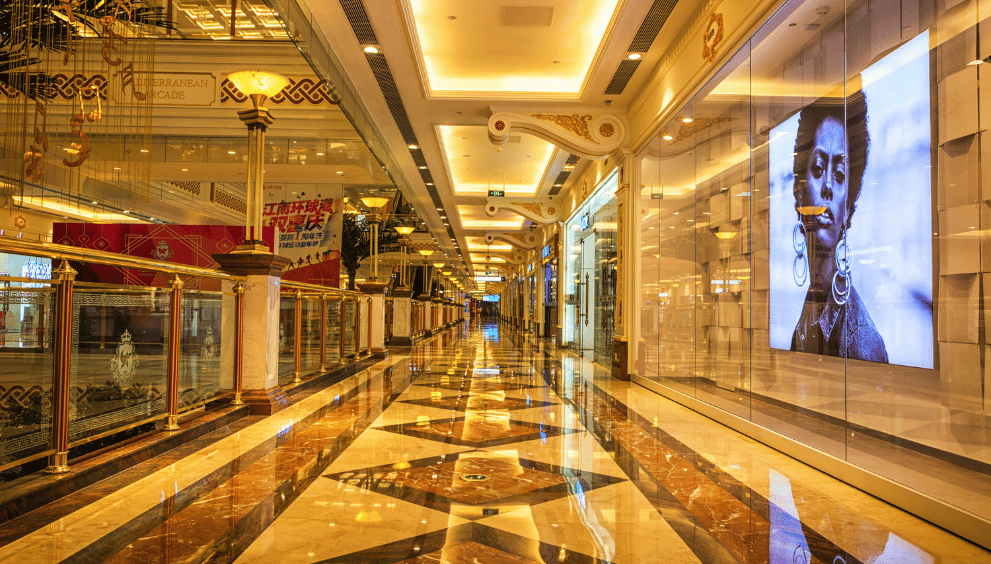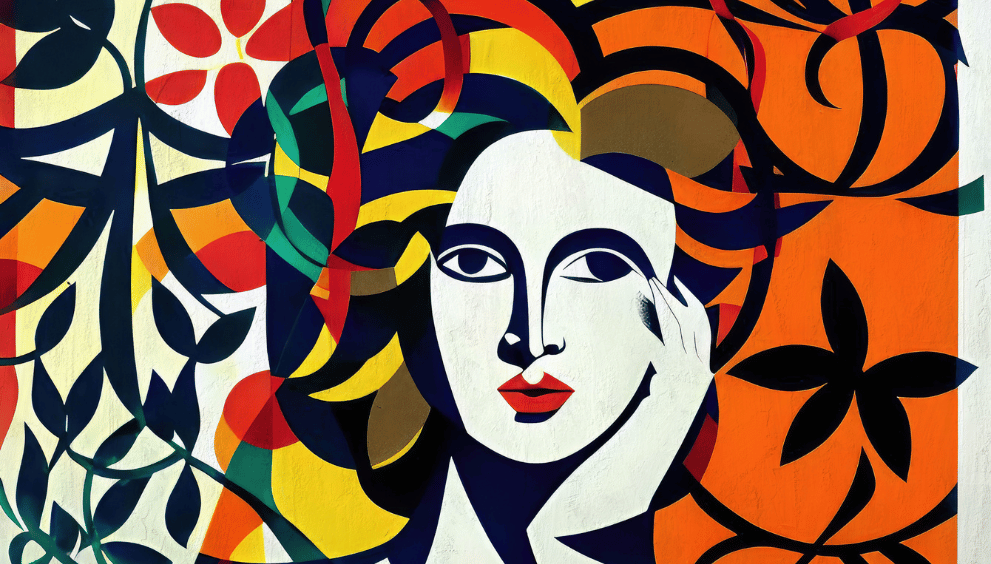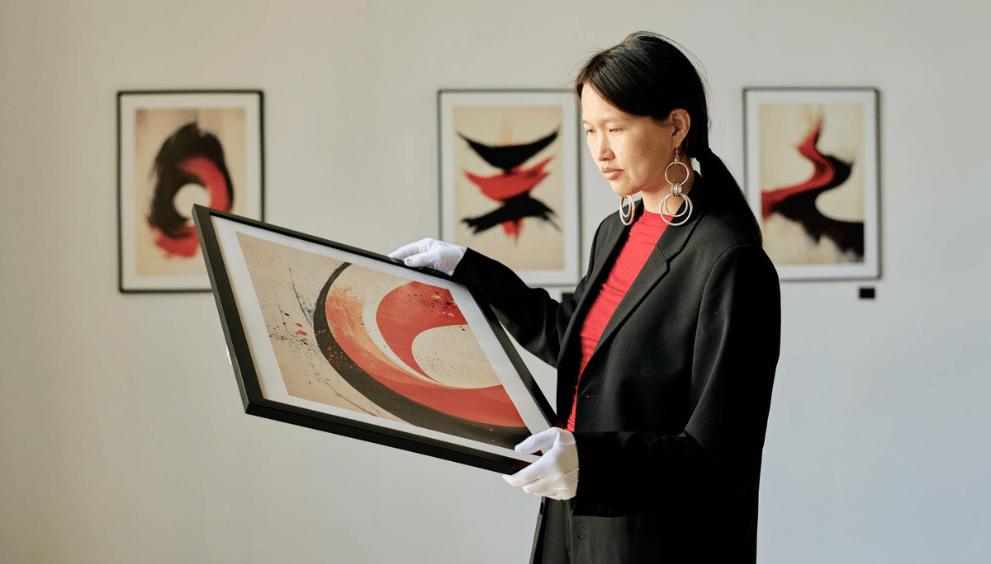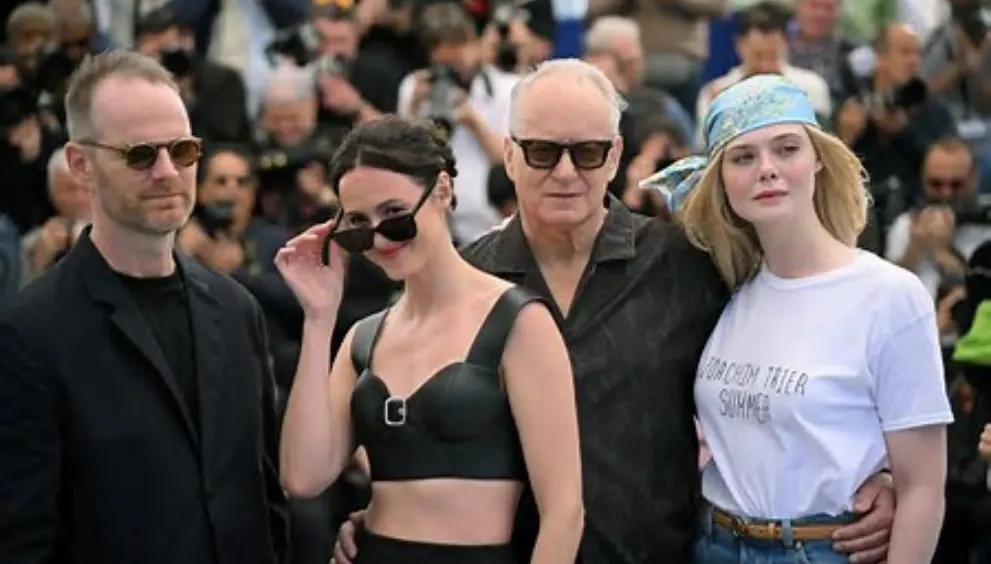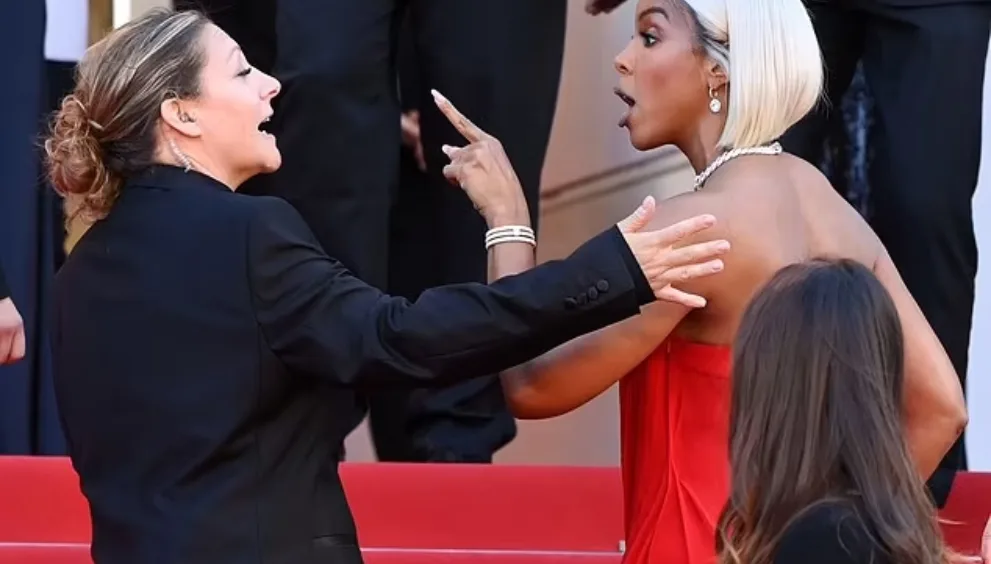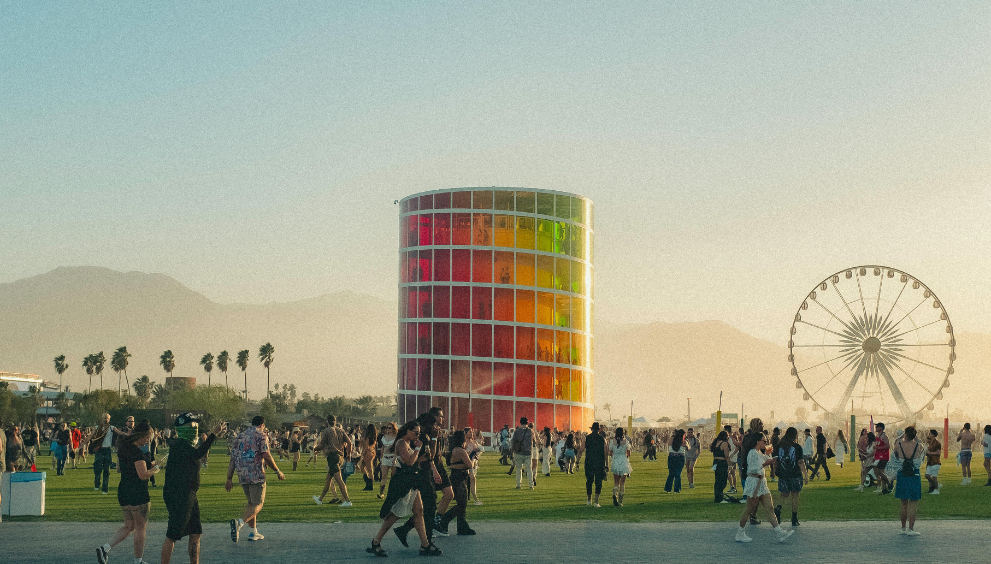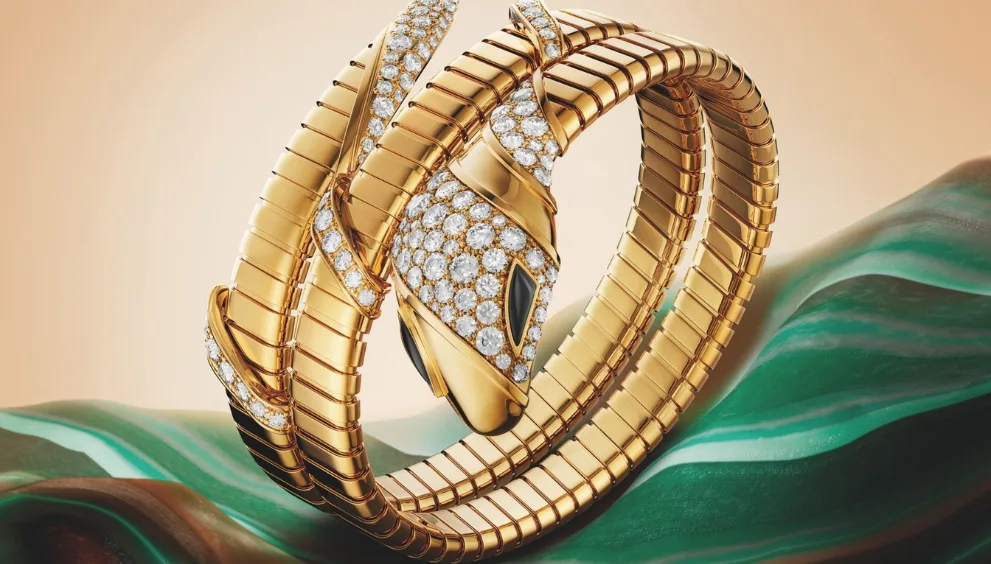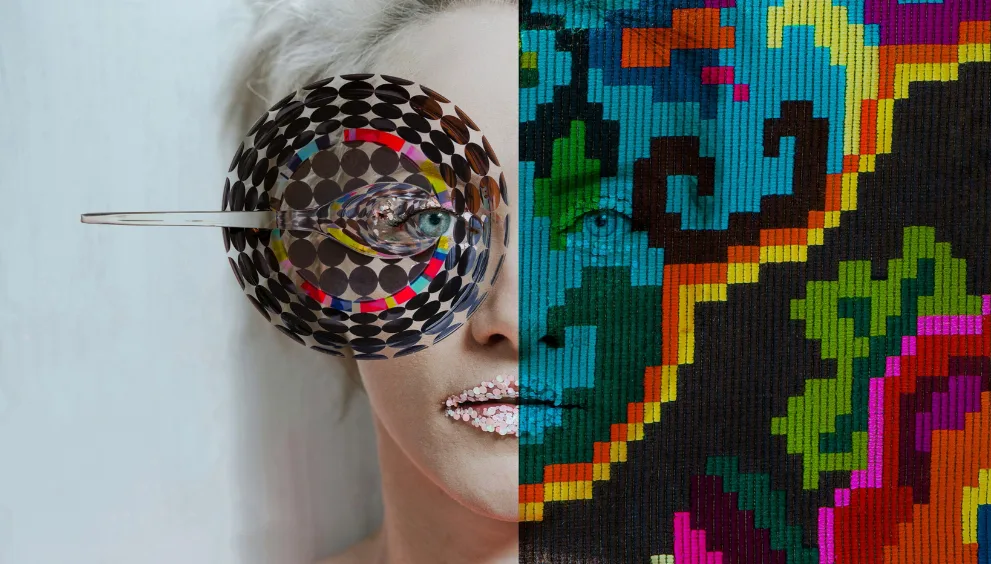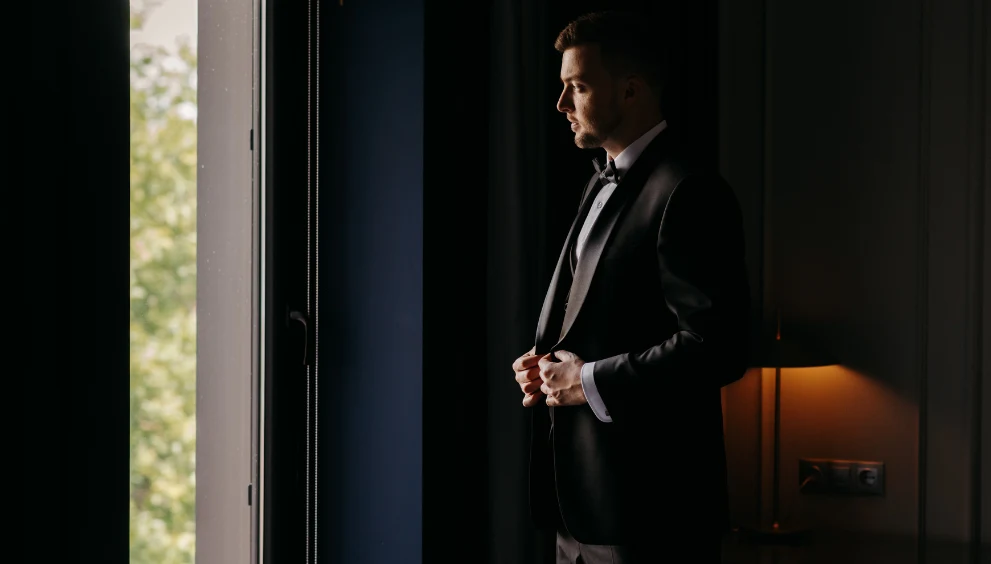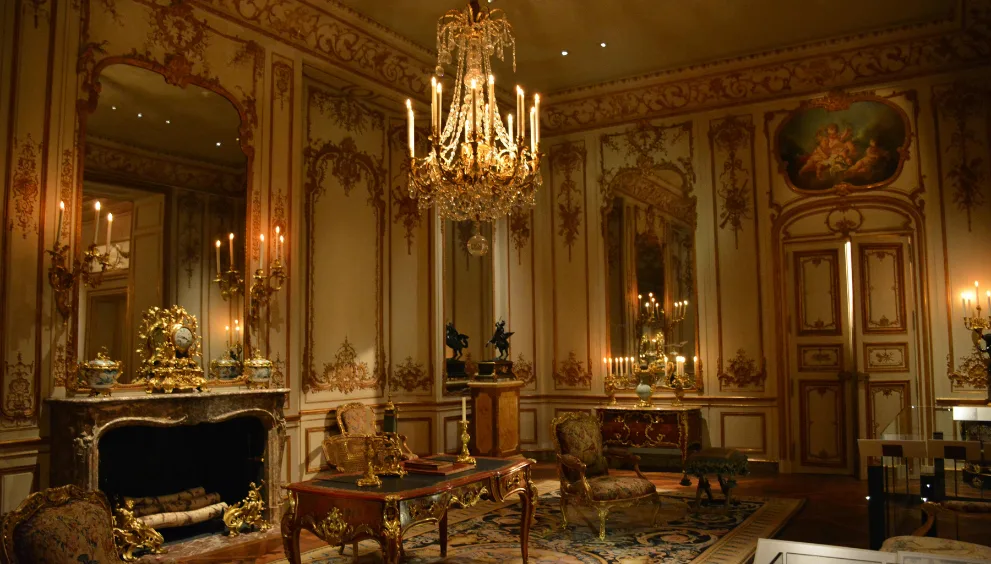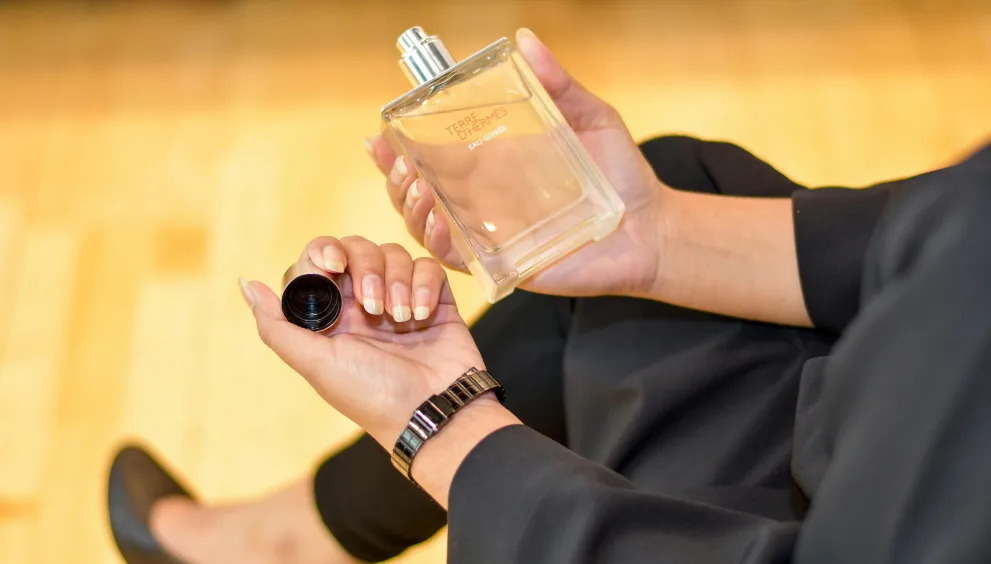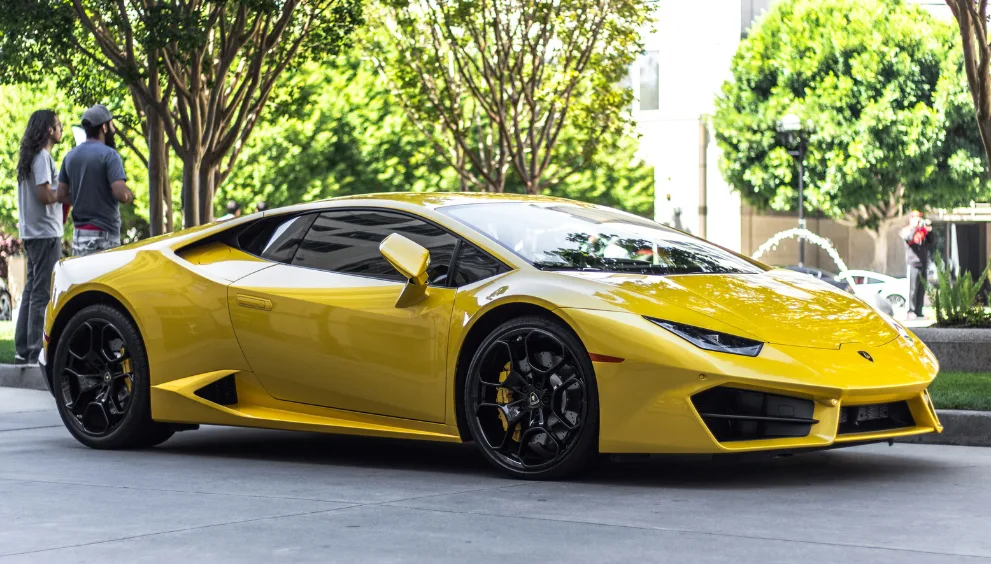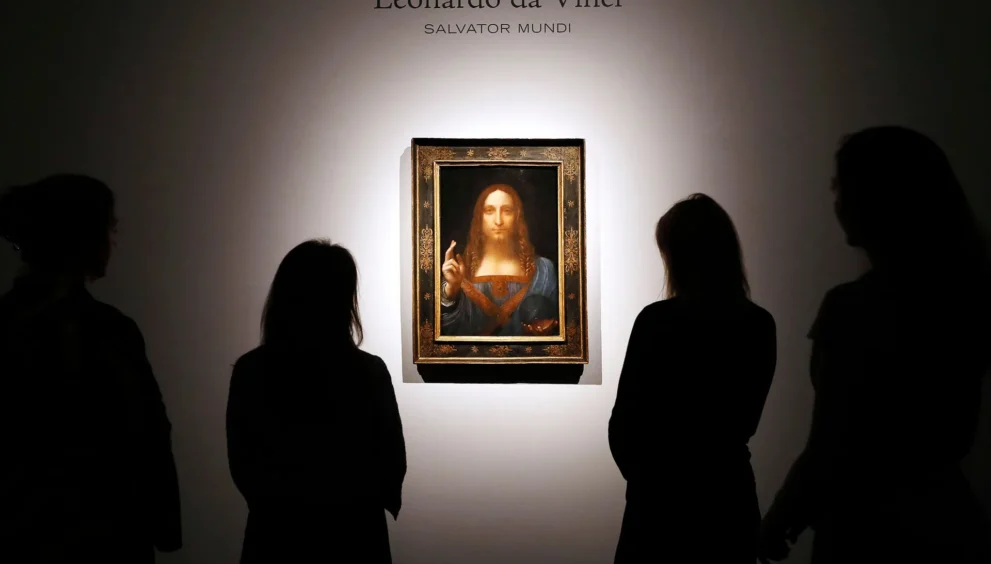
Jun

$450 Million for a Masterpiece: What Salvator Mundi Tells Us About Billionaire Taste
-
Anshuman / 6 months

- June 6, 2025
- 0
- 6 min read
Image Source: Vanity Fair
Have you ever thought that a renowned painting might just disappear and it is found out of nowhere after ages, like magic! Well, this is a story of one of the most adored paintings- The Salvator Mundi.
In this post, we will look into the facts behind the disappearance of the Salvator Mundi and what happened. Why does it cost millions? What makes it a masterpiece, and why are Billionaires ready to pay a fortune for this painting?
What is Salvator Mundi?
Salvator Mundi is a Latin for “Saviour of the World,” which portrays Christ in a calm, frontal pose. He raises his right hand in blessing while holding a crystal orb in the left, which is said to be the symbol of the universe. It was painted in the 1500s by the great Leonardo Da Vinci (but there are still a few controversies about the painter).
It was sold at Christie’s for 450.3 million dollars on November 15, 2017, smashing every record in the art world. It is also said to be the last painting by Da Vinci.
How was it painted?
One who states that it is painted by Leonardo Da Vinci gives us these facts: It was painted with a great intellect. One with techniques to give it a life-like depth, using his technique, called sfumato, softens edges into smoky gradients. The enchanting artistic skill can also be seen in the transparent, crystal orb and the most appreciated delicate curls of Christ’s hair.
Painting’s Journey: And The Mystery Disappearance
The painting is said to have been part of the collections of Charles I and Charles II of England before disappearing for over 100 years until a photograph was seen in 1908 in the collection of Sir Francis Cook. Then, in 1958, the painting was sold in London by a follower of Leonardo for only 45 pounds (around USD 60).
In 2005, art dealers Robert Simon and Alex Parrish bought the heavily overpainted and damaged painting in New Orleans for just 1,175. After that, the painting was sold to a Swiss art dealer in 2013 for 80 million dollars, and then the next day to a Russian for 127.5 million dollars.
The current whereabouts of the Salvator Mundi are unknown, leading to speculation that it is in Saudi Arabia, a tax-free zone in Geneva, or even on Prince Salman’s yacht. Because when you’re a billionaire, even Da Vinci can become a private possession!
What Makes It A Masterpiece? Why Is It So Expensive?
Well, Da Vinci’s piece of art undoubtedly becomes a masterpiece, however, there is more that goes behind the scenes. The Salvator Mundi is an excellent example of opacity and manipulation in the art world. Prices are often not based on a fixed value, but on hype, mystery, or who’s bidding.
So, when a painting suddenly reappears, gets reattributed, and jumps from $1,200 to $450 million, it raises eyebrows. Who decided its value? And why? That’s the “opacity” part—it’s hard to see what’s real and what’s marketed.
Restorers, dealers, and experts can boost a painting’s perceived value. Auction houses use marketing tactics like “The Last da Vinci” to stir emotional bidding wars. Ultra-wealthy collectors can drive up prices, then resell or use the art for loans or influence.
Salvator Mundi became a brand, a narrative masterpiece, more than just a painting. That’s where manipulation comes in, not necessarily illegal, but very strategic.
The story, mystery, and controversy make it more desirable than a painting with a known history.
Facts Behind Billionaires Choosing Such Expensive Paintings
Billionaires buy expensive paintings for a blend of emotional, financial, and psychological reasons.
- Status symbol – High-end paintings aren’t just beautiful, they’re a sign of elite identity. Owning a rare Picasso or da Vinci signals wealth, taste, cultural capital, and access to a world most can’t enter.
- Investment – Fine art is one of the few assets that increases in value over time, unaffected by the volatile market, and can be passed down or donated with tax advantages.
- Legacy – Billionaires often think in centuries, not years. Owning a timeless piece of art becomes a way to write their name into history.
- Power and Control – Billionaires understand that art isn’t just influence—it’s a soft power move. Lending a piece to the Louvre or MoMA can elevate your social capital and legacy. Let’s be real: It feels powerful to own what others can only admire. And something that no AI can replicate.
What It Tells About the Billionaire Taste
Billionaires don’t shop for art the way most people shop for décor. They aren’t just buying beauty. They’re buying legacy. Owning Da Vinci says: “I don’t just live in this century—I own a piece of the Renaissance.” It’s about:
- Status: The ultimate masterpiece
- Control: To remove a masterpiece from public view
- Narrative ownership: They don’t just collect art, they curate the story around it.
In other words, art at this level becomes less about aesthetics and more about identity construction. It puts forward the question of valuing ‘the art’ (not just in money terms). This line reminds us that the high-end art world isn’t just about beauty or heritage. It’s a global, unregulated luxury market where perception creates price, and billionaires often write the rules.
If Da Vinci were alive today, perhaps he’d be bigger than Chanel, Tesla, and Apple combined, giving the owner of the painting brand value.
When Art Becomes Power
A painting of Christ, the “Saviour of the World,” now lives in secrecy, because the bidder’s identity is still a mystery. It is rumoured to be locked away on a Saudi yacht, the painting is hidden from the world. In the hands of billionaires, art becomes more than aesthetics. It becomes a statement—a symbol.
So the next time a headline announces a $450 million masterpiece, you may ask yourself: Are they buying paint on canvas—or a place in history? Because in the luxury world, value isn’t always about what you see on the canvas—it’s about the story behind it.





